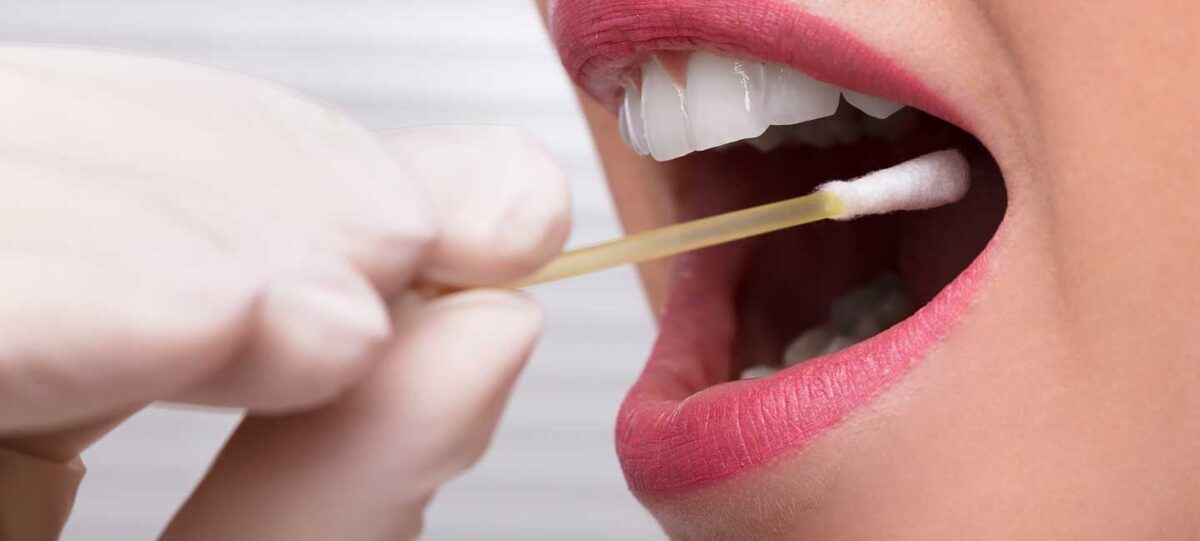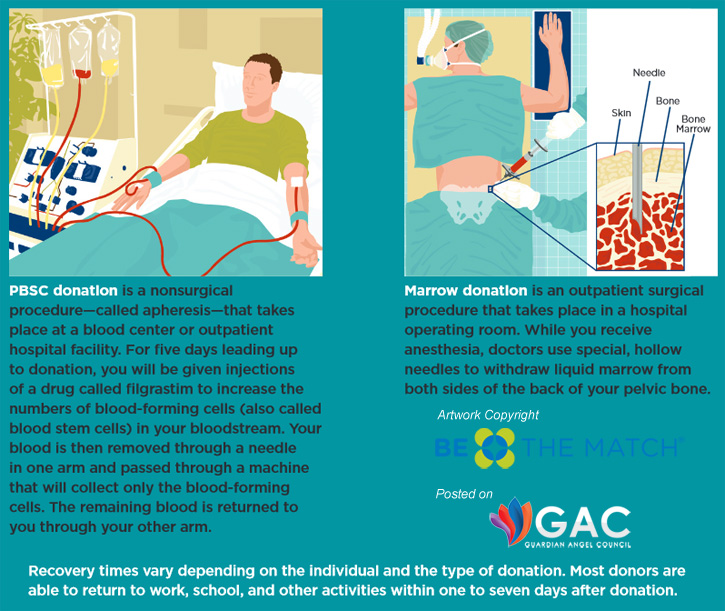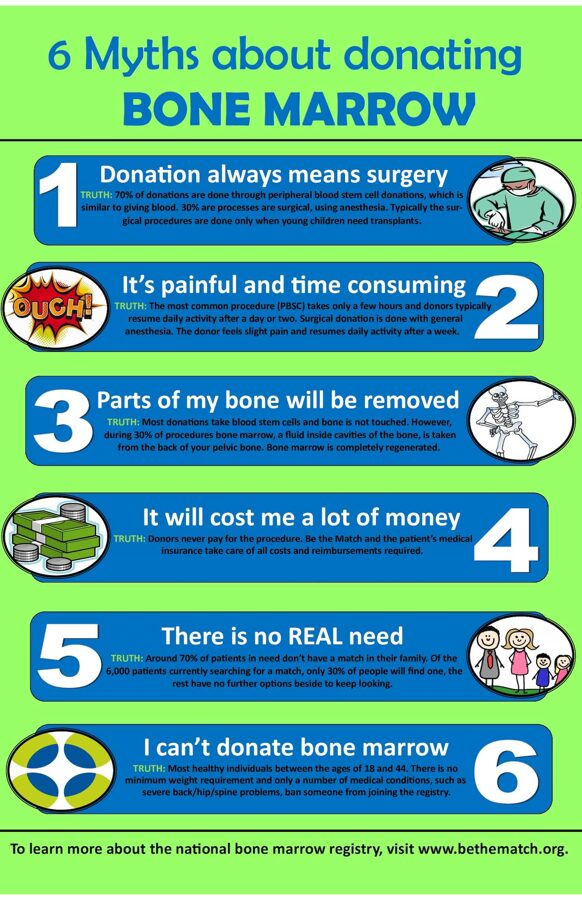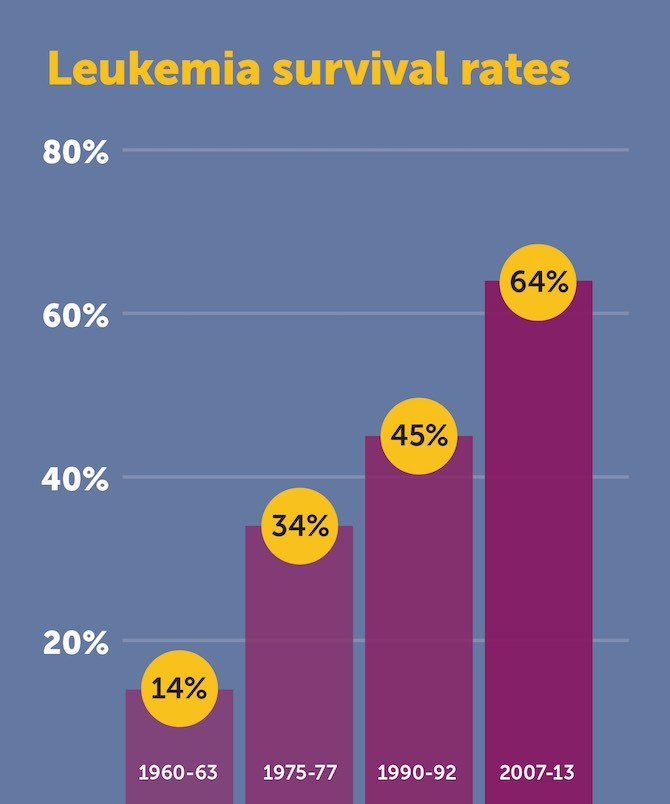About Bone Marrow Registration and Donation
For the Chinese version, click here 中文版
One in 285 kids will be diagnosed with childhood cancer before age 20. Despite major advances – from an overall survival rate of 10 percent just fifty years ago to nearly 90 percent today, for many rare cancers, the survival rate is much lower. Childhood cancer is not just one disease but made up of 12 major types with over 100 subtypes, so although some types of cancer have a 97% survival rate (Hodgkin Lymphoma) others have a survival rate of less than 1% (DIPG). The number of diagnosed cases annually has continued to increase over the past 20 years. Sources: American Cancer Society
In the USA, 77% of White Americans can find matching donors, but only 40% of Asian Americans and 25% of African Americans can find matching donors. So we need to encourage more minorities to register as marrow donors since the patients can only find matching donors from the same ethnic group. You can register either by texting Lillian at 61474 or online.



